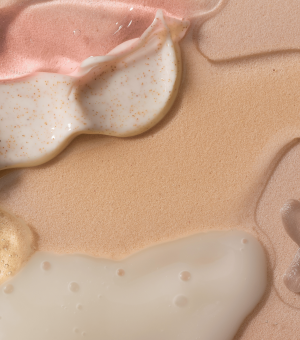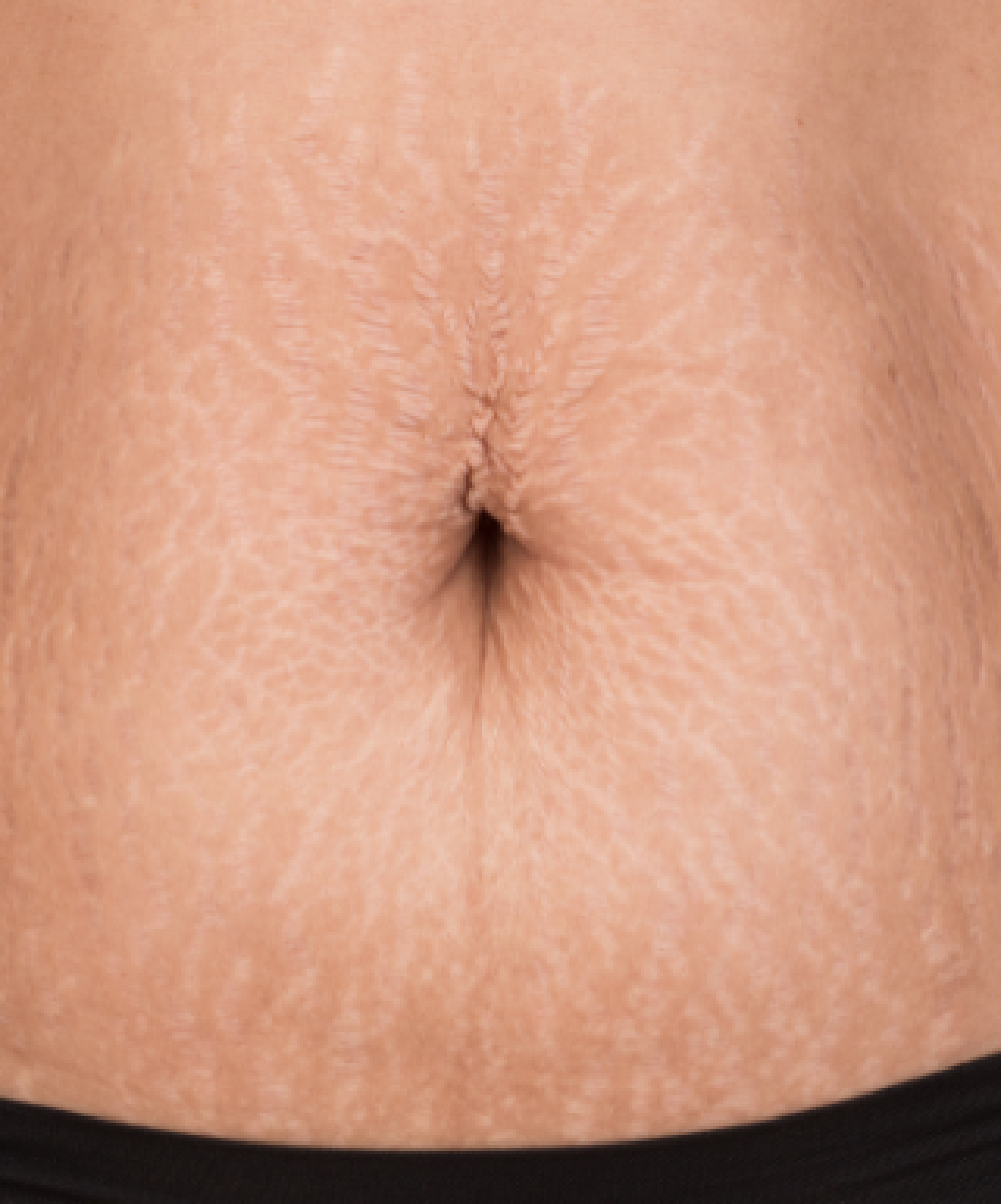Stretch marks can cause real cosmetic concerns and pregnancy is especially conducive to their development. Prepared in collaboration with Marie Fortier, a nurse who specializes in pre- and post-natal care, this article explains what pregnancy stretch marks are and provides some dermatological advice.
What exactly are stretch marks?
More than 63% of pregnant women will develop stretch marks. These marks result from a tear in the collagen fibres in the skin which have been subjected to intense stretching. Long narrow stripes, reddish at first, will appear, making the skin look overstretched. After a while, these streaks or lines will fade and turn white.
Stretch marks can develop on the abdomen, breast and thighs around the sixth or seventh month of pregnancy.
Many factors seem to be involved in the development of stretch marks: hormonal changes, genetic predisposition (limiting prevention and treatment) as well as physical stretching of the skin.
Studies show that the following factors increase the risk of stretch marks:
Family history of stretch marks
Young age at time of pregnancy
Higher weight pre-pregnancy and pre-delivery
Baby’s high birth weight




